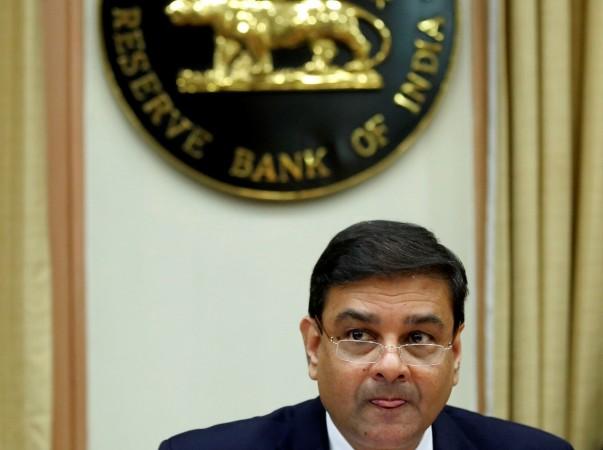
As expected and in line with industry and analyst expectations, RBI in its second bimonthly monetary policy, maintained its policy repo rate at 6.25 percent whilst also retaining its "neutral" stance.
The decision was taken with a vote 5-1 by the MPC, with Dr Dholakia voting against the decision. This is the first time that a divergence in voting has been seen within the member circle since the time MPC regime came into being.
The SLR rate was reduced by 50 bps (0.50 percent) to 20 percent of NDTL in concurrence with the expected transition to a 100% LCR regime. However, the held-to-maturity (HTM) limit was not changed.
Recognising that the April inflation reading surprised on the downside on account of muted increase in food prices, RBI lowered its projection for CPI inflation from 4.5 percent to 2.0-3.5 percent in H1 and from 5% to 3.5-4.5 percent in H2. This however does not include the impact of HRA hikes in the 7th Pay Commission.
Following a 10 bps reduction in CSO"s GVA estimates for FY17, RBI has revised downwards it FY18 GVA growth projection to 7.3 percent from 7.4 percent projected in April-17, with risks evenly balanced.
What would have driven the downwards adjustment to inflation?
Three factors in our opinion may have prompted RBI to revise their inflation projections lower notwithstanding their continued view on stickiness of core inflation:
- No significant upside impact of GST on inflation especially since service tax rate was not increased across the board to 18 percent,
- Receding concerns of a global reflationary environment,
- Muted increase in food prices in summer, belying seasonal trends.
RBI reiterates its 'flexible approach'; talks of targeted intervention
Despite downward revision in CPI inflation and growth projection, RBI remained on a wait-and-watch mode reiterating that it was fully flexible in its approach. To quote the MPC resolution: "Monetary policy can play a more effective role only when these factors are in place. Premature action at this stage risks disruptive policy reversals later and the loss of credibility.
Accordingly, the MPC decided to keep the policy rate unchanged with a neutral stance and remain watchful of incoming data." In its post policy media interaction, the RBI Deputy Governor, Viral Acharya further added "We will watch carefully in next few months the data on inflation as well as the indicators of real economic activity...and if the data so warrants, act for a broader accommodation through the interest rate policy."
While suggesting that it remained fully flexible, it hinted that targeted growth enabling interventions were likely to be much better to address growth challenges in absence of efficient transmission of cuts due to overhang of bad loans on the books of banks.
Risk weight on housing loans reduced in a bid to push housing demand
In order to increase the targeted lending capacity, RBI reduced the risk weights in higher ticket individual housing loans and reduced standard asset provisions across the board.
Since most banks have a sizeable portfolio of home loans above Rs 3 million ticket size (~ 50% of the total housing loan portfolio) we expect a relatively higher reduction in home loan rates in higher tickets housing loans.
Room for a rate cut opens up
While noting that premature action at this stage followed by disruptive reversal in the later stages could lead to loss of credibility, RBI decided to keep policy rate on hold. This apart, we believe credibility may have also been under question if RBI had cut policy rates within two months of having changed it stance to "neutral".
Additionally, as stated by RBI, while a part of the recent decline in inflation would have been on account of transitory effects of demonetisation, a glut in supply of food articles such as pulses, vegetables and cereals would have accentuated the decline. However, since it is difficult to estimate the precise contribution of these factors on headline inflation, examination of additional data is warranted.
If the actual inflation trajectory excluding the first round impact of increase in HRA allowance continues to undershoot RBI"s projected trajectory in a meaningful way, room for a 25 bps rate cut could open up between August-October 2017.
The author is economist at Elara Securities (India) Private Limited, views expressed are personal.











